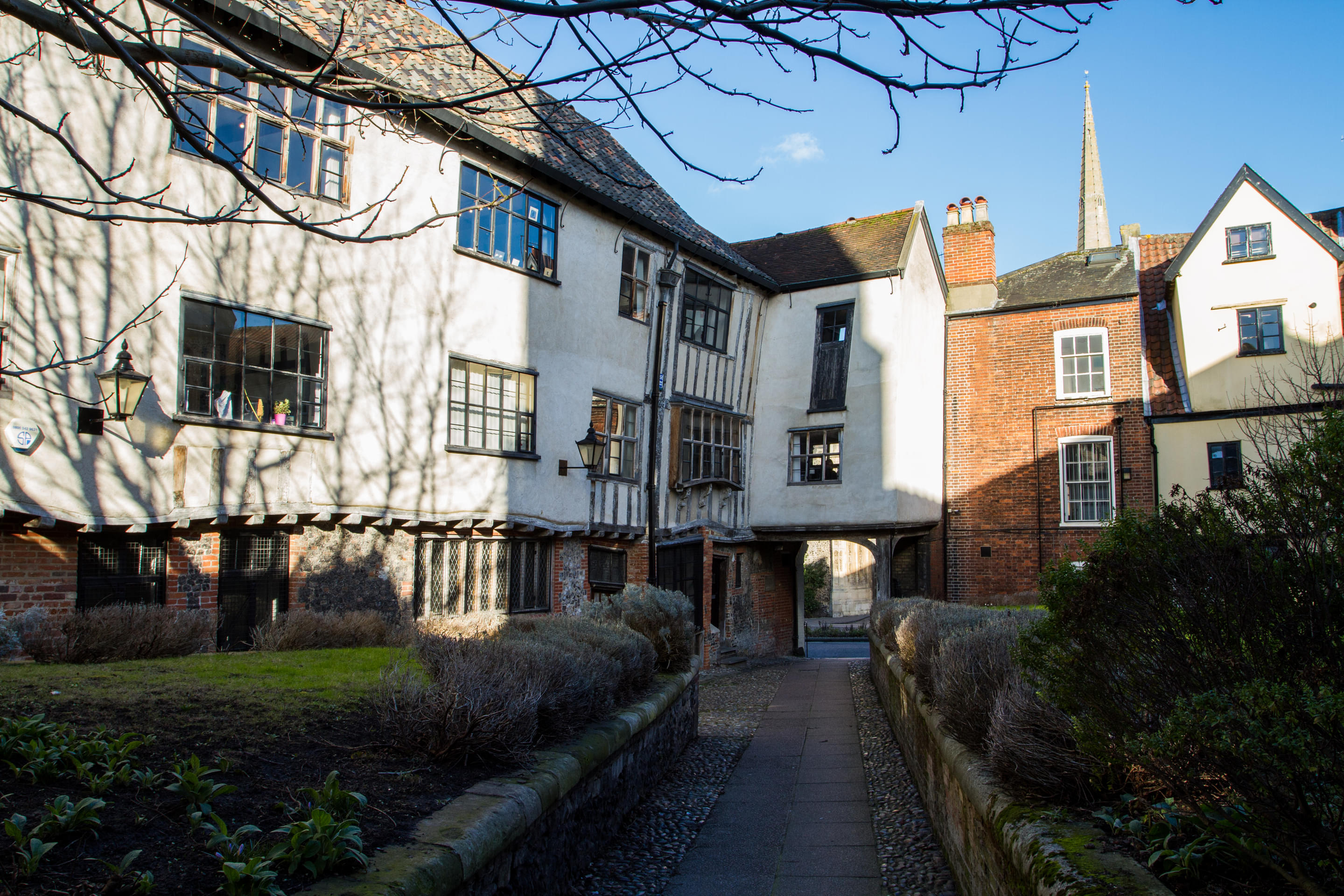About Tombland Alley
The magnificent architecture of Tombland Alley is one of the main facets that attracts many tourists. It is situated behind Tombland in the country of Norwich, and people can find an array of 16-century buildings along with the debris of the missing synagogue.
Tomland Alley comprises some offices used now to celebrate Norfolk Norwich Festival. Alley is one of the places in Norwich that upholds several histories of the Ketts Rebellion through the mediaeval narrow street under the area of Tombland. At present, these streets stretch with the Castle meadow and market.
Location: I, Tombland Alley, Norwich, England
Read More: Places To Visit In Aberdeen
Tombland Alley Highlights
• Tomland Alley is also called a pedestrian footpath, adjacent to Princess Street and Tombland.
• The place is bounded by the Church of St. George Tombland southward and a Timber-furbished Augustine Steward house northward.
• One of the astoundingly curious attributes of Tombland Alley is the often-imaged Augustine Steward house.
• Norwich experienced a plague at the end of the 16th century, and numerous victims are buried in St. George Tombland churchyard associated with Alley.
• An enchanting scenic beauty surrounds Alley's locale to attract the visitors' interest.
• It was used as an army headquarters under the regime of Warwick during Kett’s rebellion in the year of 1549.
